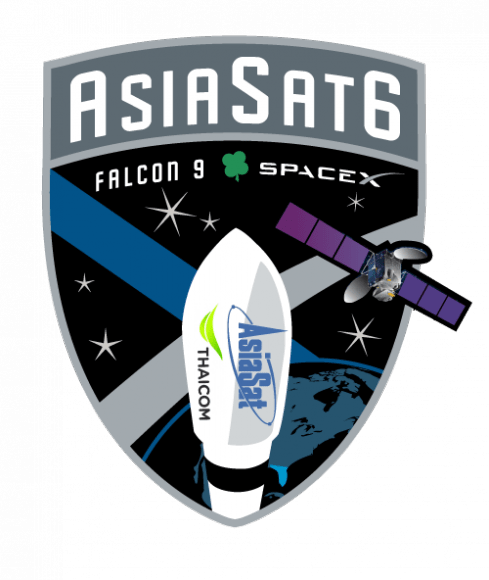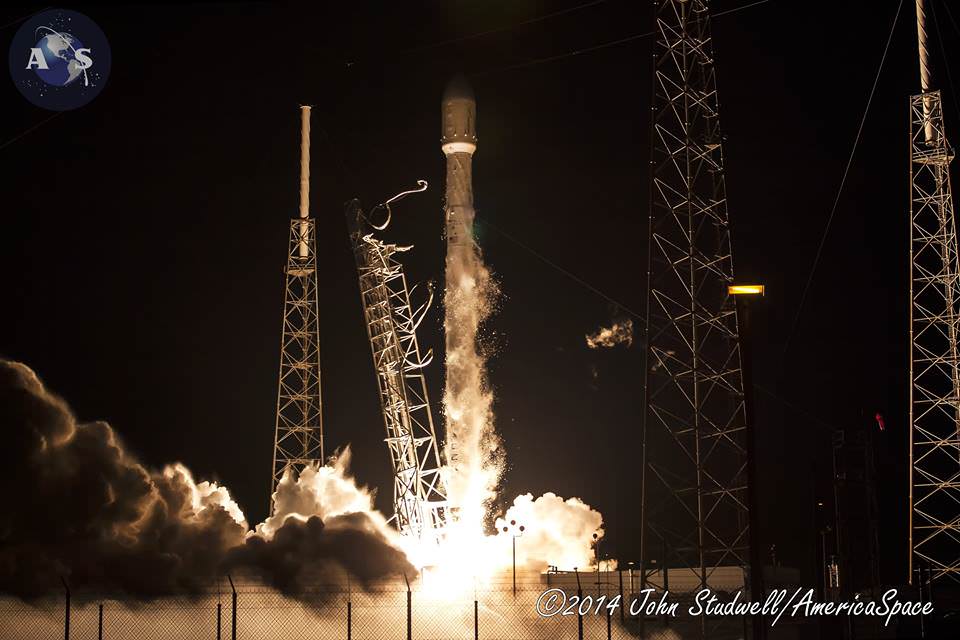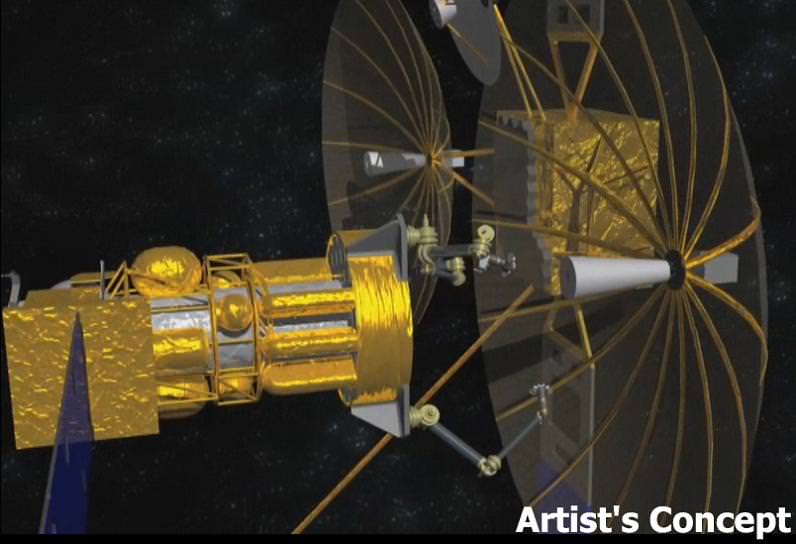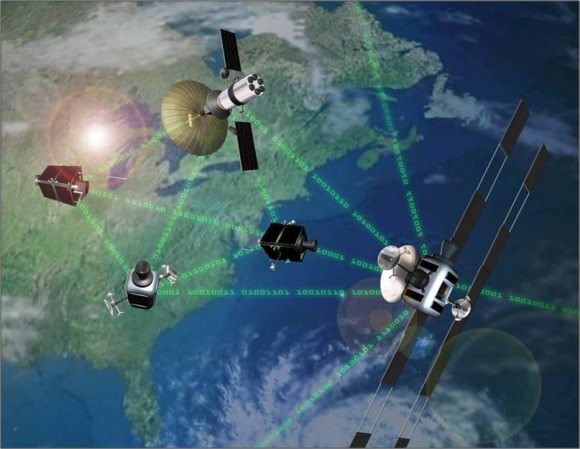Shortly after midnight this morning, Sunday, Sept. 7, SpaceX scored a major success with the spectacular night time launch of the commercial AsiaSat 6 satellite from Cape Canaveral, Florida, that briefly turned night into day along the Florida Space Coast.
A SpaceX Falcon 9 rocket carrying the AsiaSat 6 communications satellite blasted off at 1 a.m. EDT today from Space Launch Complex 40 on Cape Canaveral Air Force Station at the opening of the launch window.
The two stage, 224 foot-tall (68.4 meter-tall) Falcon 9 rocket performed flawlessly, soaring to space and placing the five ton AsiaSat 6 into a geosynchronous transfer orbit.
SpaceX confirmed a successful spacecraft separation about 32 minutes after liftoff and contact with the satellite following deployment at about 1:30 a.m. EDT.
The Falcon 9 delivered AsiaSat 6 satellite into a 185 x 35,786 km geosynchronous transfer orbit at 25.3 degrees.
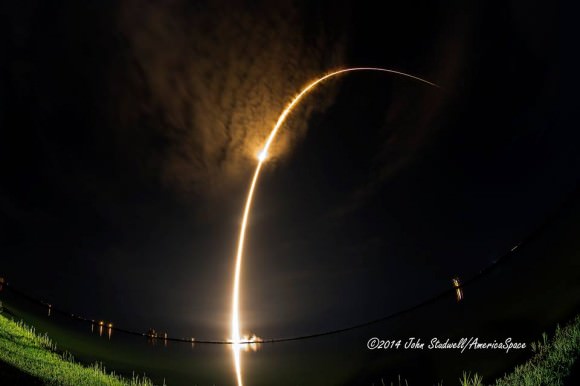
Sunday’s liftoff marked a sweet success for SpaceX since it was the second successive launch of an AsiaSat communications satellite in about a month’s time. AsiaSat is a telecommunications operator based in Hong Kong.
The first launch of the two satellite series with AsiaSat 8 took place from Cape Canaveral on Aug. 5.
The launch was webcast live by SpaceX on the firm’s website.
The private satellites will serve markets in Southeast Asia and China.
Thailand’s leading satellite operator, Thaicom, is a partner of AsiaSat on AsiaSat 6 and will be using half of the satellite’s capacity to provide services under the name of THAICOM 7, according to the press kit.
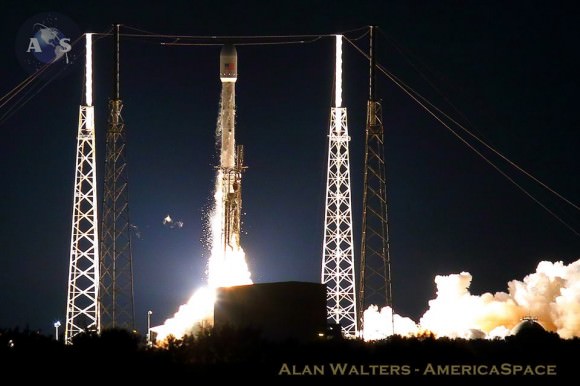
The AsiaSat 6 launch was originally scheduled for Aug. 26, just 3 weeks after AsiaSat 8, but was postponed at the last minute after the detonation of a Falcon 9R test rocket at a SpaceX test site in Texas.
SpaceX CEO Elon Musk said the team needed to recheck the rocket systems to insure a successful blastoff since both rockets use Merlin 1D engines, but are configured with different software.
The Falcon 9 first stage is loaded with liquid oxygen (LOX) and rocket-grade kerosene (RP-1) propellants and powered by nine Merlin 1D engines that generate about 1.3 million pounds of liftoff thrust.
The second stage is powered by a single, Merlin 1D vacuum engine.
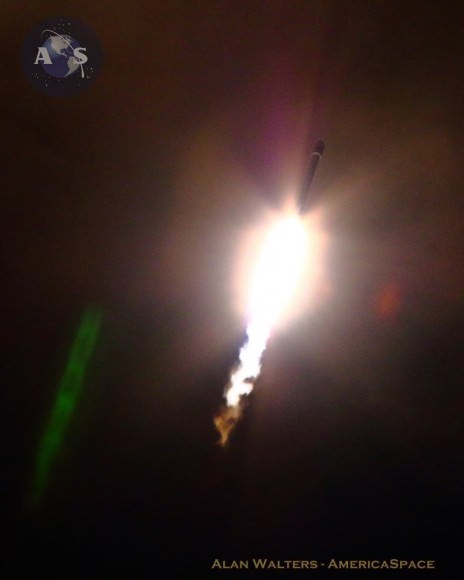
Today’s liftoff was critical in clearing the path for the next SpaceX launch – the CRS-4 cargo resupply mission for NASA bound for the International Space Station (ISS).
The Falcon 9 launch of the cargo Dragon on the CRS-4 mission is currently targeted for no earlier than Sept. 19. But a firm launch date has not been set.
Stay tuned here for Ken’s continuing Earth and planetary science and human spaceflight news.
